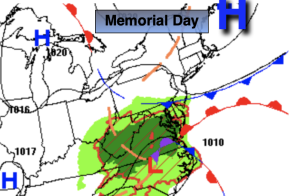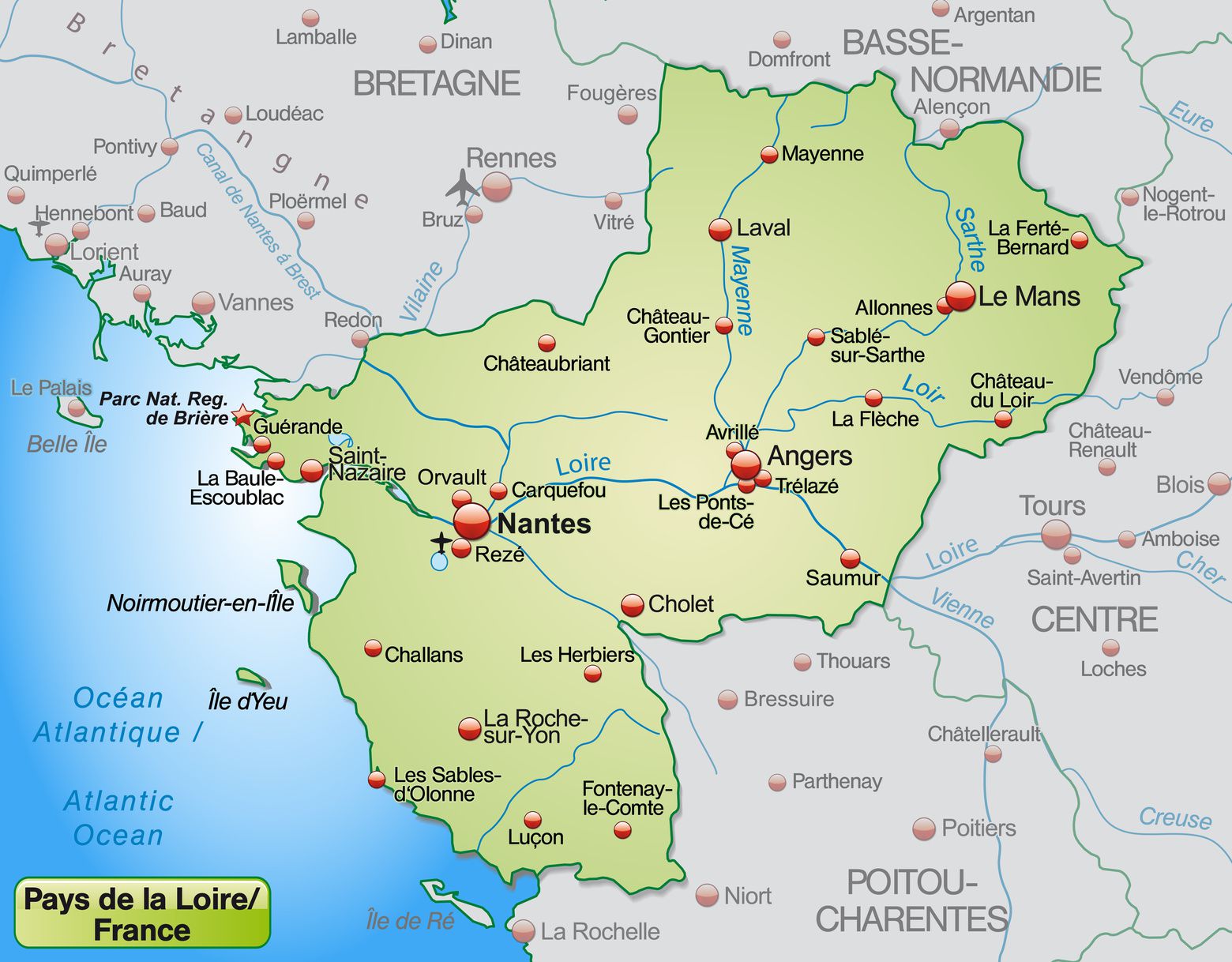Understanding Breezy And Mild Weather Patterns: A Practical Overview

Table of Contents
The Role of Air Pressure in Creating Breezy Conditions
Wind, a key component of breezy and mild weather patterns, is fundamentally driven by differences in air pressure. Air moves from areas of high pressure to areas of low pressure, creating wind. The greater the difference in pressure (the steeper the pressure gradient), the faster the wind speed. Understanding this relationship is crucial to predicting breezy conditions.
- High-pressure systems generally bring calm or light breezes. The air descends in these systems, leading to relatively stable atmospheric conditions.
- Low-pressure systems, conversely, often create stronger winds. Air rises in these systems, leading to more dynamic and turbulent atmospheric conditions. Expect brisker breezes, even gusty winds, in these areas.
- Pressure gradients determine both the speed and direction of the wind. Weather maps display isobars (lines of equal pressure) to illustrate these gradients. Closely spaced isobars indicate a steep pressure gradient and stronger winds, while widely spaced isobars suggest a gentler breeze.
- Local topography significantly influences wind patterns. Mountains and valleys can channel winds, creating localized areas of increased wind speed (e.g., funneling effects in mountain passes) or reducing wind speeds (e.g., sheltered valleys).
The pressure gradient force is the force that drives this air movement from high to low pressure. Imagine a hill of air; the air naturally flows downhill, from the high-pressure area (the peak) towards the low-pressure area (the base). The strength of this force determines the wind's speed. Understanding this concept helps explain why breezy conditions are often associated with specific geographical features and atmospheric pressure systems. Coastal areas, for instance, frequently experience sea breezes due to the differing temperatures and pressures over land and sea.
Temperature Moderation: The Key to Mild Weather
Mild weather isn't just about the wind; it’s also about the temperature. Several factors contribute to temperature moderation, creating those pleasantly comfortable conditions.
- Maritime climates, situated near large bodies of water, tend to experience milder temperatures than inland climates. The specific heat capacity of water is much higher than that of land, meaning water takes longer to heat up and cool down. This leads to more stable temperatures throughout the day and across seasons.
- Cloud cover acts as a natural insulator. During the day, clouds reflect some of the sun's radiation, preventing the ground from overheating. At night, clouds trap heat radiating from the earth, preventing excessive cooling. This moderating effect helps maintain milder temperatures.
- Transition seasons, spring and autumn, are typically associated with mild weather as temperatures gradually shift between extremes. These periods offer a balance between the warmth of summer and the coolness of winter, resulting in ideal "breezy and mild weather patterns."
- The specific heat capacity of water plays a crucial role in moderating coastal temperatures. Large bodies of water act as thermal buffers, preventing drastic temperature swings.
The interplay of these factors—the moderating influence of water, the insulating effects of cloud cover, and the transitional temperatures of spring and autumn—results in those periods of comfortable, mild weather we all appreciate.
Recognizing Breezy and Mild Weather Patterns in Forecasts
Learning to interpret weather forecasts is key to predicting and enjoying those "breezy and mild" days. Weather maps and forecasts provide valuable clues.
- Wind speed indicators on weather maps, such as isobars and wind barbs (small arrows indicating wind direction and speed), provide crucial information about wind strength. Closely packed isobars signify strong winds; widely spaced ones, gentle breezes.
- Temperature forecasts and the expected temperature range are equally important. Look for ranges that fall within what you consider "mild"—typically avoiding extreme highs and lows.
- Understanding weather terminology related to wind (e.g., breeze, gentle wind, moderate wind, strong wind, gale) helps in accurate interpretation. Different meteorological services may use varying terminology, so checking the legend on a weather map is important.
- Utilize weather apps and websites that offer detailed forecasts, including wind speed, direction, and temperature projections. Many provide hourly or even sub-hourly updates, offering a more precise picture of changing conditions.
By carefully analyzing weather maps and forecasts, paying attention to both wind speed indicators and temperature predictions, you'll gain a much clearer understanding of upcoming "breezy and mild weather patterns." You can use this information to plan outdoor events, select appropriate clothing, and generally be better prepared for daily conditions.
Conclusion
Understanding breezy and mild weather patterns allows for better appreciation of daily atmospheric conditions and aids in planning outdoor activities. By paying attention to air pressure systems, temperature moderation effects, and correctly interpreting weather forecasts, you can become more adept at recognizing and predicting these pleasant conditions. Continue learning about breezy and mild weather patterns to enhance your understanding of meteorology and improve your weather awareness. Use reliable weather resources to stay informed about daily breezy and mild weather conditions in your area.

Featured Posts
-
 Mainzs Henriksen The Next Klopp Or Tuchel
May 21, 2025
Mainzs Henriksen The Next Klopp Or Tuchel
May 21, 2025 -
 The World Trading Tournament Wtt Aimscaps Approach To Success
May 21, 2025
The World Trading Tournament Wtt Aimscaps Approach To Success
May 21, 2025 -
 Why Little Britain Remains Relevant To Gen Z Despite Cancellation
May 21, 2025
Why Little Britain Remains Relevant To Gen Z Despite Cancellation
May 21, 2025 -
 Get To Know Paulina Gretzky Dustin Johnsons Wife Career And Kids
May 21, 2025
Get To Know Paulina Gretzky Dustin Johnsons Wife Career And Kids
May 21, 2025 -
 5 Circuits Velo Pour Decouvrir La Region De Nantes Loire Vignoble Et Estuaire
May 21, 2025
5 Circuits Velo Pour Decouvrir La Region De Nantes Loire Vignoble Et Estuaire
May 21, 2025
Latest Posts
-
 Ea Fc 24 Fut Birthday Top Tier Cards And Team Building Guide
May 22, 2025
Ea Fc 24 Fut Birthday Top Tier Cards And Team Building Guide
May 22, 2025 -
 Rome Hosts Designer Athena Calderones Grand Milestone Party
May 22, 2025
Rome Hosts Designer Athena Calderones Grand Milestone Party
May 22, 2025 -
 Juventus Held To Draw Despite Lazios Numerical Disadvantage
May 22, 2025
Juventus Held To Draw Despite Lazios Numerical Disadvantage
May 22, 2025 -
 Athena Calderone Celebrates A Milestone In Extravagant Roman Style
May 22, 2025
Athena Calderone Celebrates A Milestone In Extravagant Roman Style
May 22, 2025 -
 Serie A Lazio Fight Back For Draw Against 10 Man Juventus
May 22, 2025
Serie A Lazio Fight Back For Draw Against 10 Man Juventus
May 22, 2025
